Mulch vs autumn leaf fall....
roxanna
last year
last modified: last year
Featured Answer
Sort by:Oldest
Comments (37)
Related Professionals
Londonderry Landscape Architects & Landscape Designers · Medford Landscape Contractors · Forest Hills Landscape Contractors · Hilo Landscape Contractors · Kaysville Landscape Contractors · Ramsey Landscape Contractors · Palos Hills Landscape Contractors · Barrington Hills Landscape Architects & Landscape Designers · Fort Lee Landscape Architects & Landscape Designers · Brooklyn Center Landscape Architects & Landscape Designers · East Lake-Orient Park Landscape Contractors · Lees Summit Landscape Contractors · Oviedo Landscape Contractors · Southbury Landscape Contractors · Yuba City Landscape Contractors- roxanna thanked deanna in ME Barely zone 6a, more like 5b
kitasei2
last yearGargamel
last yearprairiemoon2 z6b MA
last yearlast modified: last yearprairiemoon2 z6b MA
last yearlast modified: last yearpetalique
last yearlast modified: last yearpetalique
last yearprairiemoon2 z6b MA
last yearTiffany, purpleinopp Z8b Opp, AL
last yearmxk3 z5b_MI
last yearmxk3 z5b_MI
last yearpetalique
last yearpetalique
last yearlast modified: last yearSigrid
last yearmarmiegard_z7b
last year
Related Stories
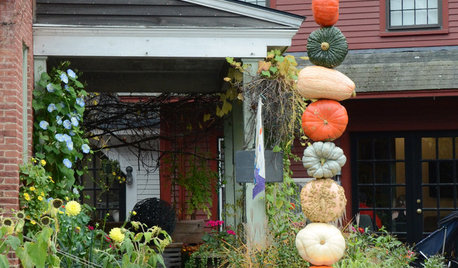
FALL AND THANKSGIVINGFall Foliage Tour: Leaf-Peeping Fun Through Vermont
Get ideas for your autumn landscape on a scenic trip through the Green Mountain State
Full Story
CRAFTSCelebrate Fall With Silk-Screened Leaf Candleholders
An unexpected twist takes these stackable embellished candleholders from wonderful seasonal decor into the realm of art
Full Story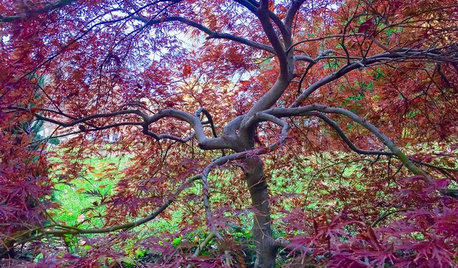
FALL AND THANKSGIVINGTake a Last Leaf-Peeping Trip With These 25 Postcards of Fall
Readers from across the country, and the world, share seasonal views from their front yards, backyards and beyond
Full Story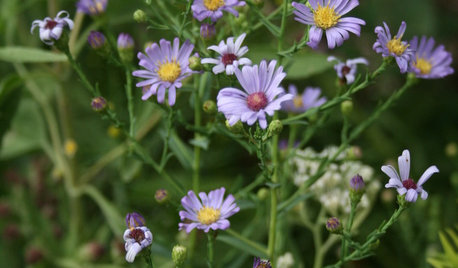
NATIVE PLANTSAutumn Joy: How to Get 3 Months of Fall Flowers
Enjoy blooms from September to November by mixing 6 asters native to different areas of the U.S.
Full Story
FALL GARDENINGMake This Fall’s Garden the Best Ever
Learn the most important tip for preventing buyer’s remorse, plus get more valuable buying and planting advice
Full Story
DECORATING GUIDESTop Trends From This Fall’s European Interior Design Fairs
See where the European design world is headed with this trend report from Houzz’s international editors
Full Story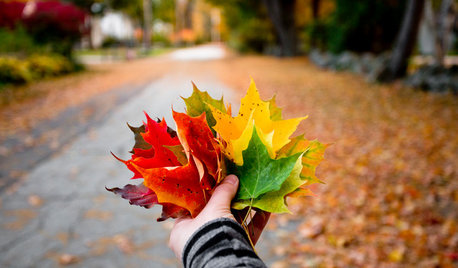
TRAVEL BY DESIGNHouzz TV: Take a Leaf-Peeping Road Trip in New England
Ride along with a Houzz contributing photographer to see gorgeous autumn eye candy from New York to New Hampshire
Full Story
GARDENING GUIDES7 Fall Beauties for Mild-Climate Container Gardens
We're talking long-term relationship: These showy shrubs will bring color to your container garden autumn after autumn
Full Story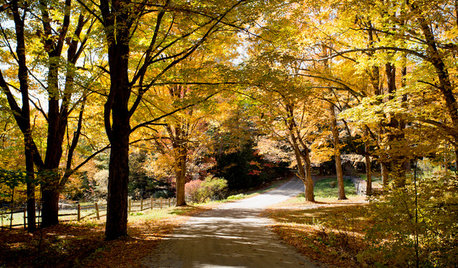
FALL GARDENINGHouzz Call: Show Us Your Autumn Views
Share your pictures of fall foliage and decor in the Comments. Your photos may be featured in an upcoming story!
Full Story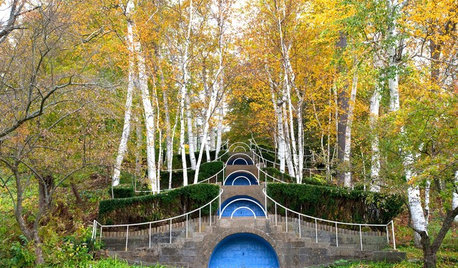
ARCHITECTURE10 Great Homes and Landscapes to Tour in Fall
Catch autumn color’s splendor while visiting these spectacular sites
Full Story







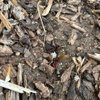
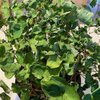
cyn427 (z. 7, N. VA)